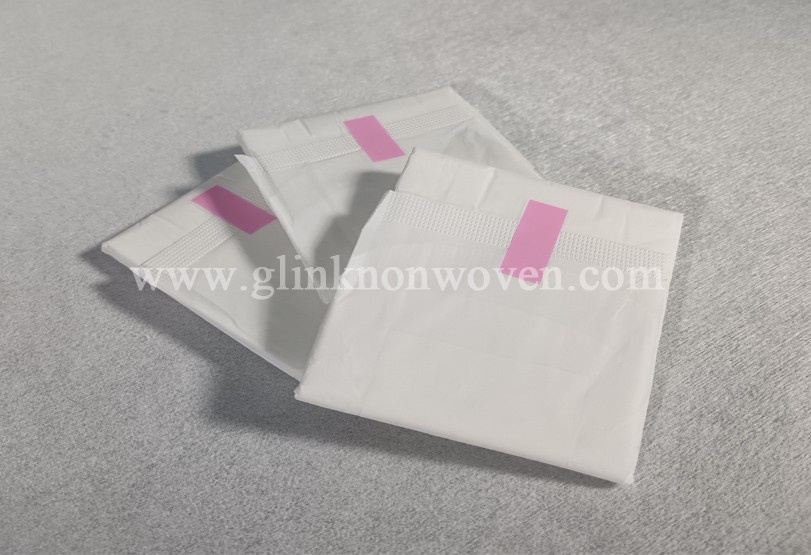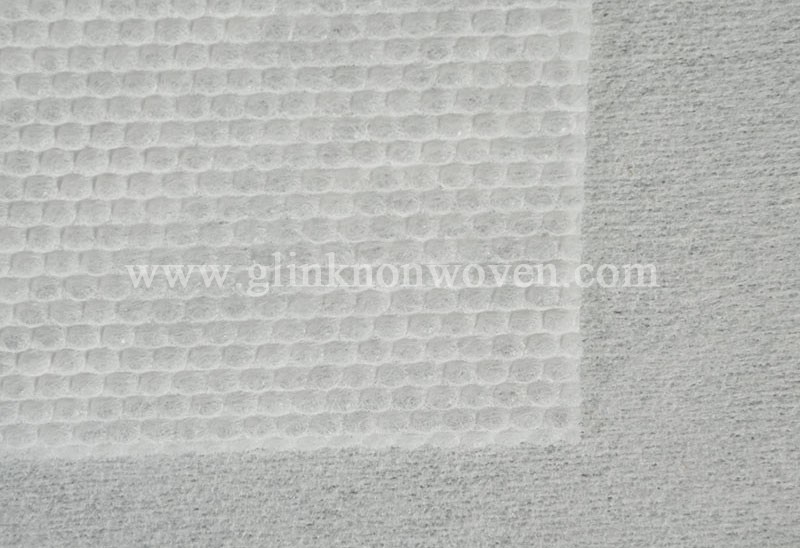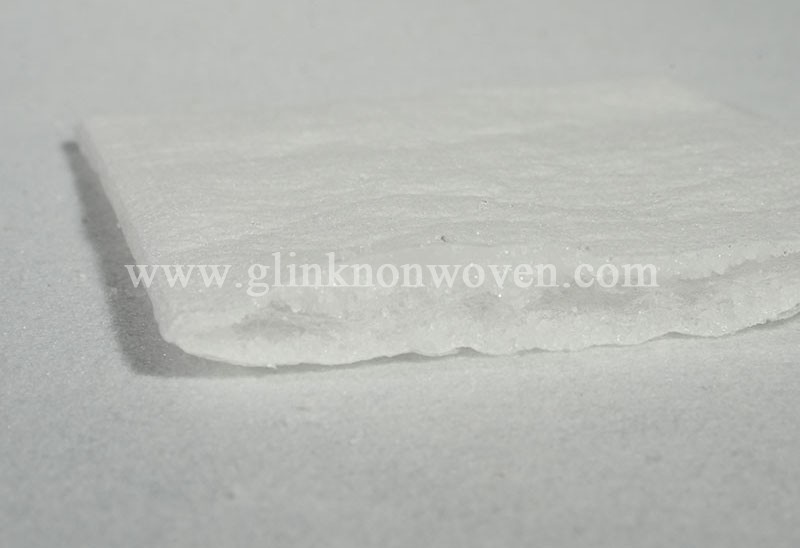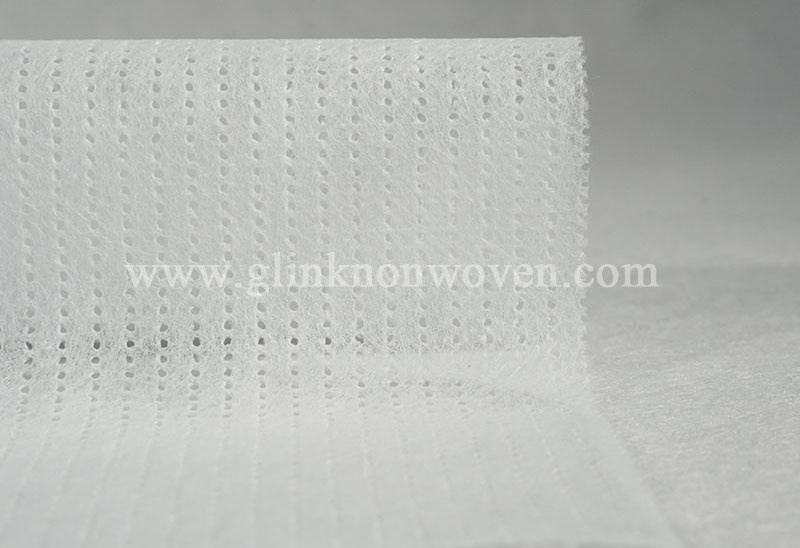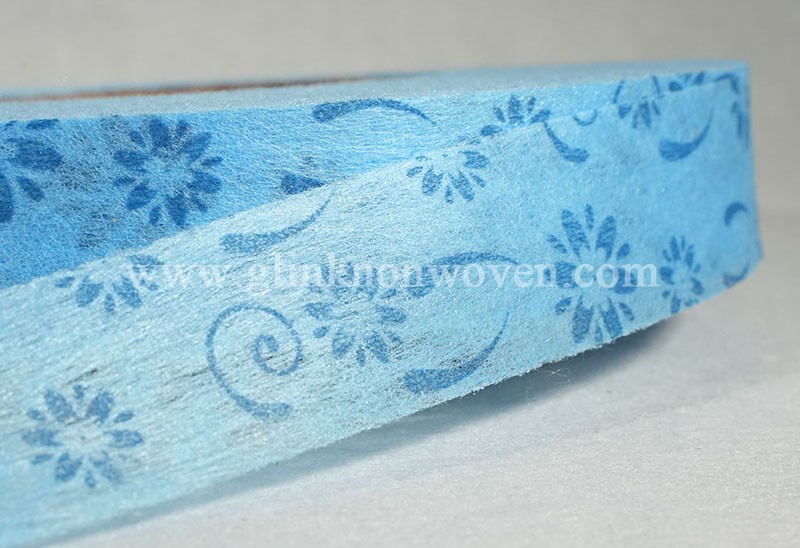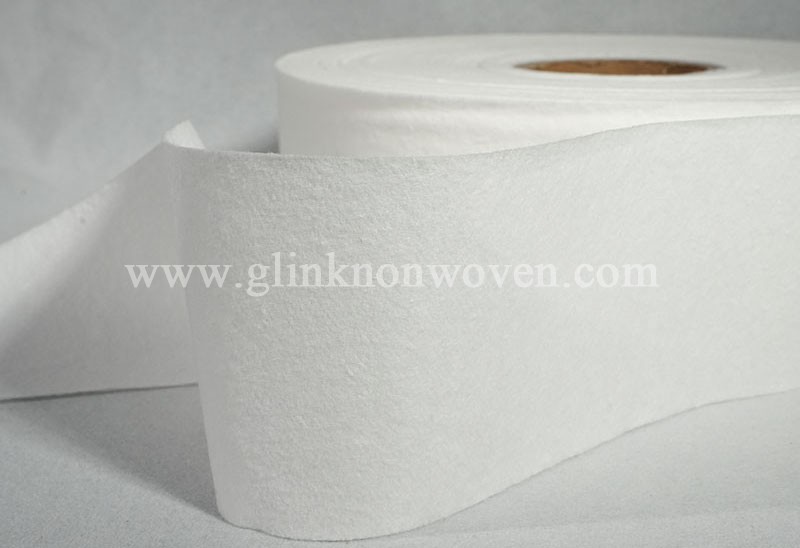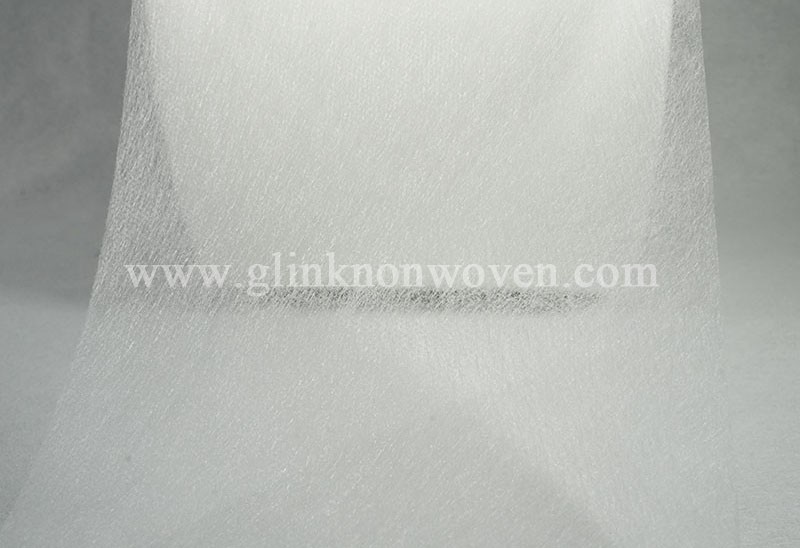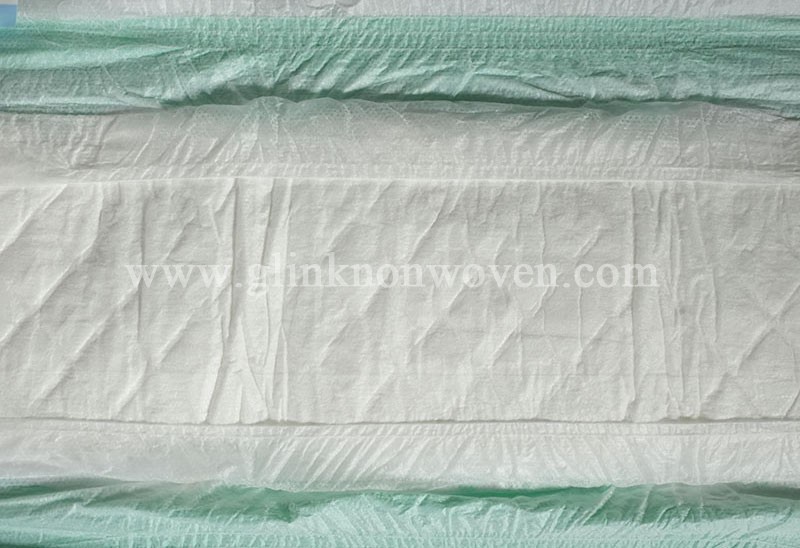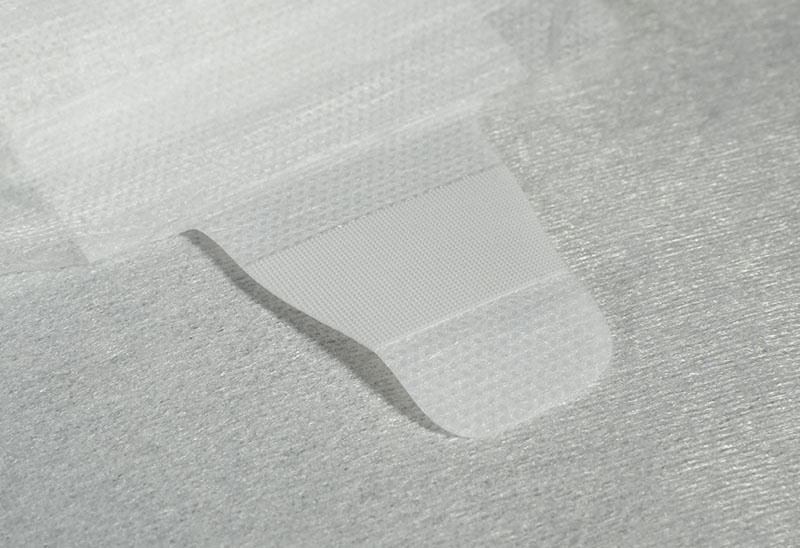What Kind of Non Woven Fabric is Suitable for Diapers
Dec 30, 2024
The breathable non woven fabric can enhance the breathability inside the diaper, allowing water vapor to circulate outside the diaper and promptly expel moisture and heat, effectively reducing the chance of urinary rash. It is soft, comfortable, and does not irritate the skin. The surface of adult sanitary napkins that is close to the skin is also made of non-woven fabric, but the non-woven fabric used for diapers must be softer and more suitable for the baby's skin than the one used for sanitary napkins.
There are three types of base fabrics: woven, knitted, and non-woven. The nonwoven fabric materials refers to fibers that are oriented or randomly arranged, and is a new generation of environmentally friendly materials. It has the characteristics of moisture resistance, breathability, flexibility, lightweight, non combustible, easy to decompose, non-toxic and non irritating, rich colors, low price, and recyclability. If polypropylene (PP material) pellets are commonly used as raw materials, they are produced through a continuous one-step process of high-temperature melting, spinning, laying, and hot pressing. It is called cloth due to its appearance and certain properties.
The characteristics of non woven fabric for diaper determine its use. Generally, the characteristics of non-woven fabric include wear resistance, softness, adhesiveness, water absorption, porosity, thermoplasticity, anti-static, smoothness, anti-static, breathability, disinfectability, ultra-thin, conductivity, high strength, breathability, dry cleaning, water resistance, printability, durability, hydrophilicity, mite resistance, elasticity, weldability, fire resistance/flame retardancy.
Read More
